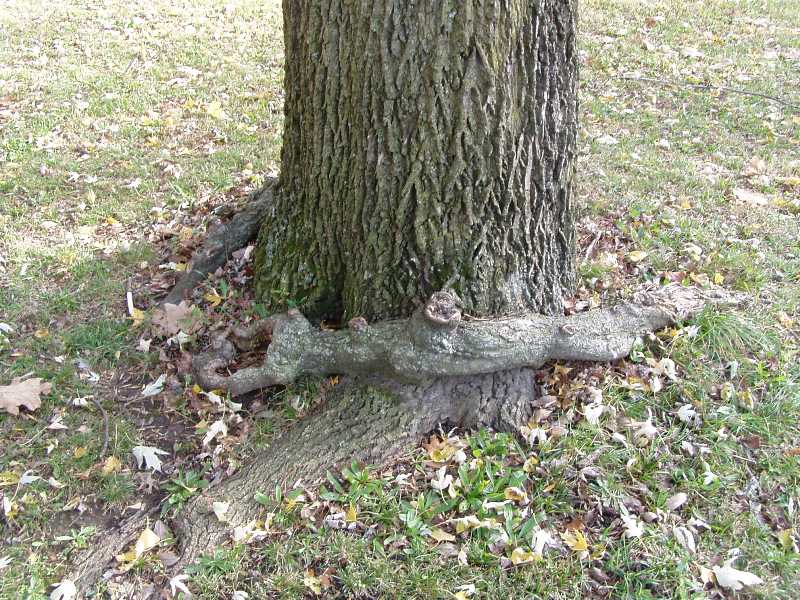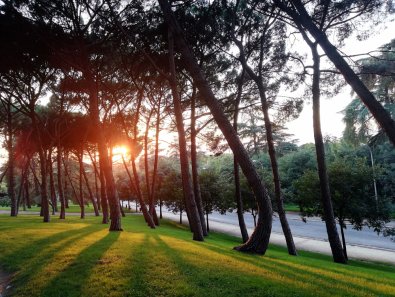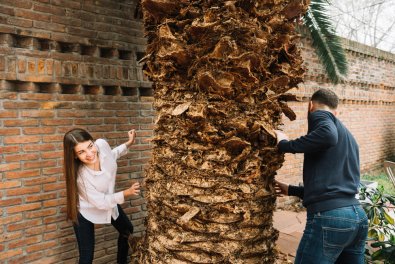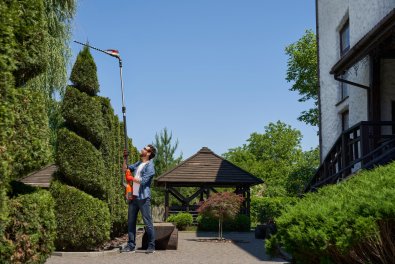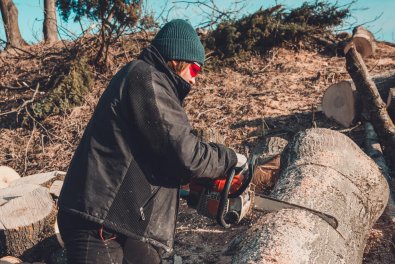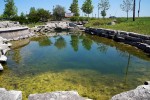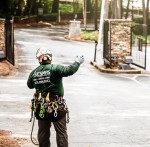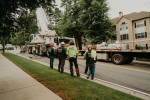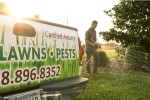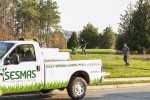What Causes Girdling Roots?
If you have a tree that you spent a lot of time and money taking care of, then you probably do your best to nourish it and protect it from pests. After all, it is a wonderful fixture in your yard and probably has sentimental value. However, there are more risks to your tree than you know. The experts at Sesmas Tree Service have seen all sorts of bizarre scenarios. In fact, even your own tree can be a risk to itself. Imagine wearing a belt that gets tighter and tighter as time passes by and you will understand what girdling roots do to a tree.
What Are Girdling Roots?
Girdling roots are lateral tree roots at or slightly below the soil surface and cut into at least one side of the main tree trunk. These roots put pressure on the tree and restrict water and nutrients from getting to the leaves of the tree. Over time, trunks and stems will weaken from this restriction on nourishment and the tree may die in five to fifteen years. When you add other environmental stresses and insect attacks, you can witness your tree die much quicker. To make matters worse, practices like fertilization, irrigation, and pruning will not counterbalance the slow in growth due to the girdling roots. This is why you should seek treatment for your tree as soon as you identify girdling roots.
Causes and Prevention
Girdling roots is triggered by nursery and transplanting methods, root restriction, and other unknown causes. When plants are held in containers, the roots begin to grow until they no longer fit in the container. Eventually, the roots begin to circle around the pot and girdle the tree. When you take these trees out of the pot, be sure to loosen and spread out these roots in the planting hole before covering the roots with soil. If the girdling roots have been in the pot for long, then the roots may be woody and will have to be cut as they will not be flexible and will have taken the shape of the pot. As a final note, make sure that the soil is not packed too tight to obstruct the growth of the roots. Compacted soil can cause a similar situation as the container mentioned earlier.
What Is the Treatment?
The girdling root must be removed. However, the tree removal must be done with care so as to not injure the trunk cambium beneath the root. First, excavate the soil to uncover the full length of the girdling roots that must be removed. Then, using a saw or chisel, cut the root between 6 inches to a foot out from the trunk. Avoid violently pulling the root from the embedded area as this can damage the cambium. Very large girdling roots will have to be treated in stages since they may be supplying water and nutrients to the canopy.
Want to Leave It to The Experts?
Sesmas Tree Service is a professional, family-owned business with almost two decades of experience. We have certified arborists who are passionate about tree services in Atlanta and understand the causes, prevention, and treatment of girdling roots. Give us a call to have a certified arborist at your location and professionally take care of those pesky girdling roots.


